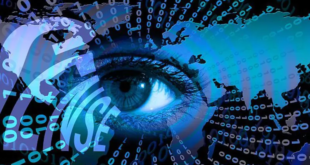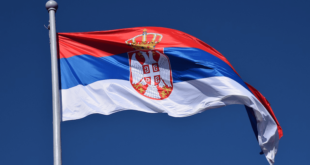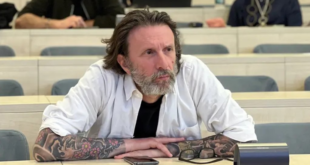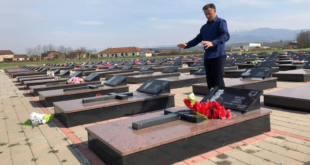SERBIA – Pro-Western Serbian President Boris Tadic faces nationalist challenger Tomislav Nikolic on Sunday in an election that will decide Serbia’s attitude to the West after the imminent loss of breakaway Kosovo province.Here is a profile of the country.
HISTORY
The first Serbian state emerged in the 10th century, taking a large part of the Balkans by the 14th century before falling to the Ottoman Empire. Serbs rose against the Turks, becoming independent in 1878. Land under Belgrade’s control grew after World War One with the Kingdom of Serbs, Croats and Slovenes, later renamed the Kingdom of Yugoslavia.
In World War Two, anti-fascist forces led by Croat commander Josip Broz Tito emerged victorious and proclaimed the Socialist Federal Republic of Yugoslavia, with Serbs the lead nation as the most numerous and most widely distributed people. After Tito died in 1980, divisions grew with the rise of Serb nationalist Slobodan Milosevic. Slovenia and Croatia declared independence in June 1991, Macedonia in September and Bosnia in March 1992. Milosevic opposed Croatia and Bosnia’s secession and backed Serb minorities there with arms and money. He revoked the autonomy of Kosovo province, provoking a rebellion by its Albanian majority. A NATO bombing campaign in 1999 expelled Serb forces accused of atrocities against civilians and the United Nations took control of Kosovo. Milosevic was overthrown in October 2000. Reformist Prime Minister Zoran Djindjic, appointed in 2001, was assassinated in 2003. Montenegro voted in 2006 to leave its union with Serbia, obliging Serbia to go solo for the first time since 1918.
LAND & PEOPLE
Landlocked Serbia lies at the heart of the Balkans, bordering Albania, Montenegro, Bosnia, Croatia, Hungary, Romania Bulgaria and Macedonia. The 2002 census, which excludes United Nations-run Kosovo, puts the population at some 7.5 million people, with Serbs an 83 percent majority among some two dozen ethnic groups such as Hungarians, Roma, Albanians, Muslims and Slovaks. The dominant religion is Orthodox Christianity and the official language is Serbian in the Cyrillic or Latin alphabets, with Hungarian spoken mainly in the northern Vojvodina province.
POLITICS
The coalition of President Tadic and nationalist Prime Minister Vojislav Kostunica is fragile and divided. A major issue is the fate of Kosovo: the province’s Albanian majority is expected to declare independence in the next few weeks with Western backing. There is broad support for joining the European Union as a path to a better life, but half the public and politicians feel the EU’s stance on Kosovo should be taken into account, and also favor closer ties with Moscow.
There are also pending issues from Belgrade’s role in the Yugoslav wars: Four ethnic Serbs are on the run from the U.N. war crimes court, among them Bosnian Serb general Ratko Mladic, whom the EU wants arrested before agreeing to closer ties with Belgrade.
ECONOMY
The economy is recovering from the mismanagement and sanctions of the 1990s and the damage to industry and infrastructure inflicted by the NATO bombing. There has been significant progress in restructuring state companies but more must be done in sectors such as energy and telecoms. The economy is estimated to have grown by 7.5 percent in 2007, monthly salaries average 350 euros and a third of the population is unemployed.
 Eurasia Press & News
Eurasia Press & News



